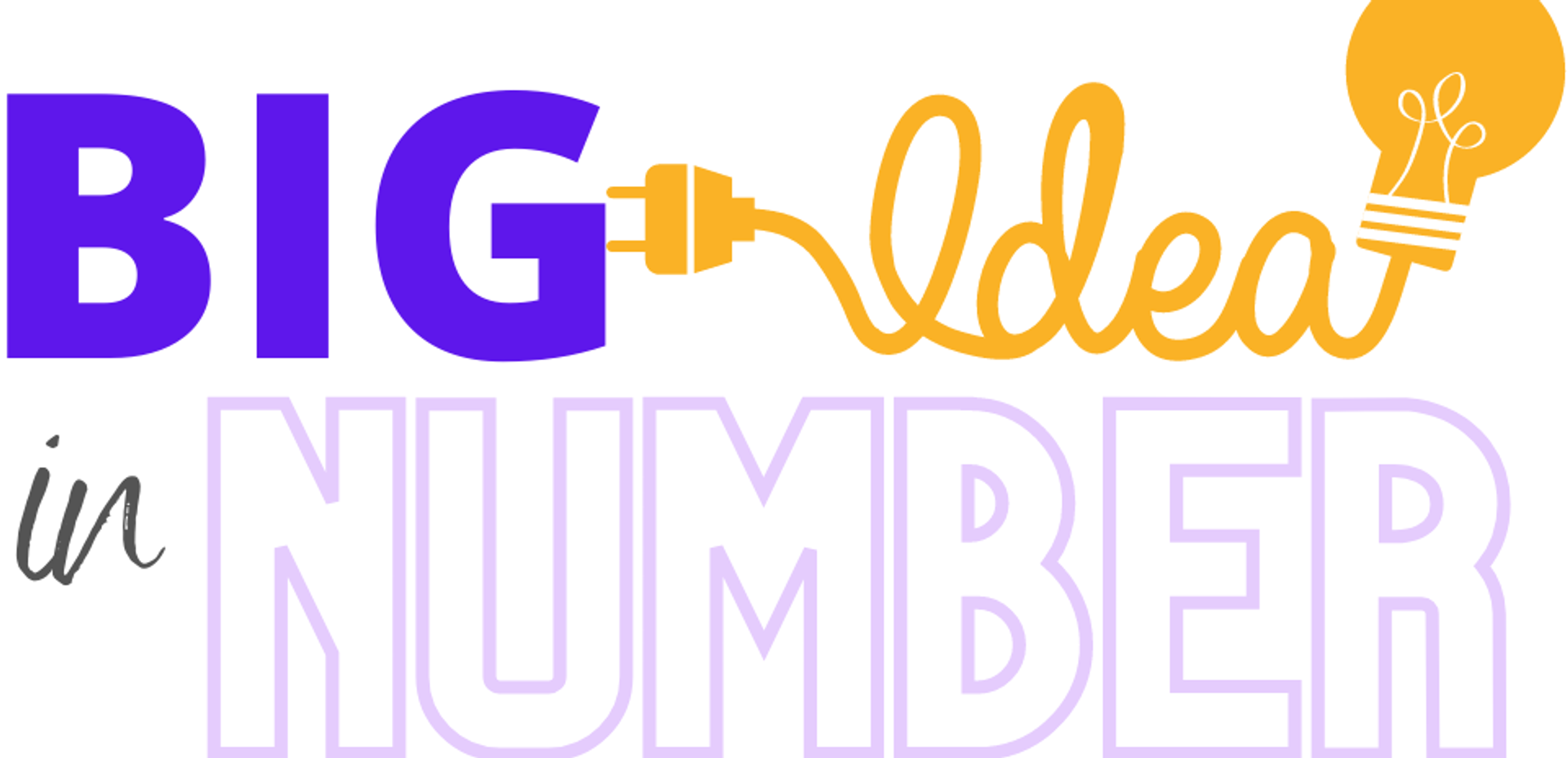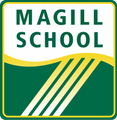Maths at Magill School

What does learning Maths at Magill School look like?
Mathematics teaching and learning has changed a lot since it was our turn to be the student in a classroom. The Australian Curriculum - Mathematics is broken into content to teach and learn, and ways to demonstrate knowledge and understanding through proficiency strands.
To build and consolidate a deep understanding of Number, staff at Magill School have begun training in strengthening key concepts in Maths. The Big Ideas In Number is a sequential framework necessary for conceptual understanding. It is about developing a sense of number where students can be flexible in their thinking to make mathematical judgements, develop useful strategies for handling numbers and communicate, process and interpret information.
In order to achieve this, the essential foundations of The Big Ideas in Number are:
- to understand place value and have the ability to rename numbers,
- to understand what the operations do and be able to interpret symbolic statements,
- to have a working knowledge of mental strategies, of addition and subtraction facts to 20 and multiplication and division facts to 100, based on efficient, non-counting mental strategies.
How can you help your child at home?
To help your child to build and consolidate their understanding of Number, be it whole numbers or fractional numbers, build talking about numbers into your conversations. If you're cooking with your child, talk about the measurements, what that means and how might you convert those measurements? Talking about how we use numbers in everyday life helps students to build understanding and start to think about numbers flexibly.
Having a good understanding of Number is much more than rote learning and recall of number facts. Being fluent with Number knowledge isn't about recalling the answer to a times table sum with speed and accuracy, being fluent with number knowledge is being able to have a solid understanding that enables students to be flexible with their thinking, to know that numbers can be broken in alternative numbers.
Change it and deal with the consequences - James Tanton
One of my favourite quotes in the world of mathematics - 'we want children to be comfortable with their knowledge of Number to feel confident to change what they're looking at to make it more manageable'.
For example, what's your strategy for solving the equation below?
3.65 - 1.98
What strategy comes to mind first? Are your palms sweaty just thinking about this? Are you frantically searching for a pencil and piece of paper?
What if we did this?
365 - 198
What does removing the decimal point do? Is this now a 'friendlier' sum to work with? Are your strategies for solving still the same?
We want our students to be comfortable enough to make these changes and connections with numbers, to know that they can add 2 to 198, make it 200, then subtract 2 off the answer - they've changed it and dealt with the consequences!
We look forward to sharing more student learning as the year progresses, and encourage you to talk about numbers as much as you can in your daily conversations with your children. Number knowledge and confidence should be second nature, it shouldn't be intimidating, and every single one of us can become a master of number knowledge.
- Kasey Thorne and the Magill School Numeracy Committee

